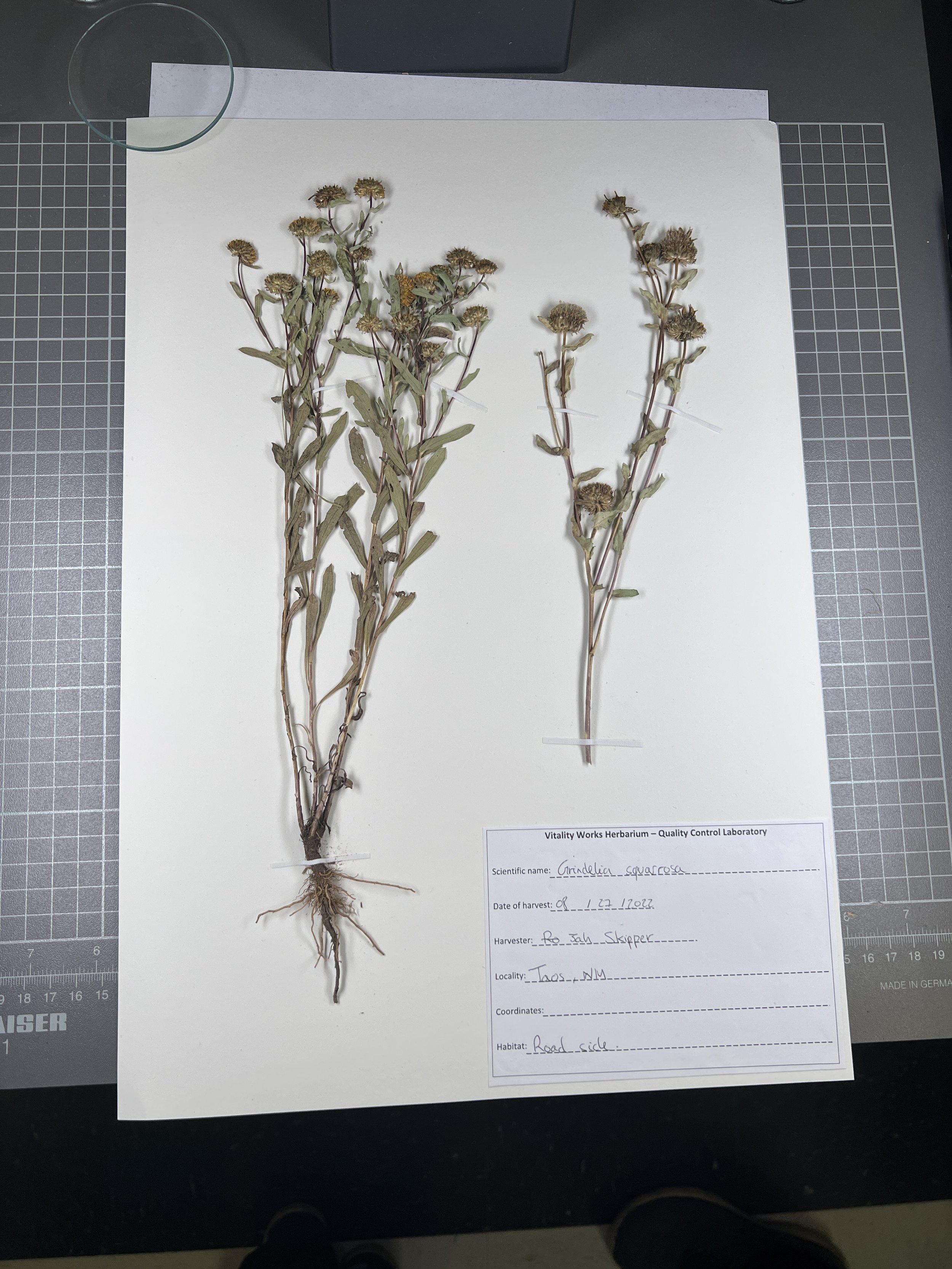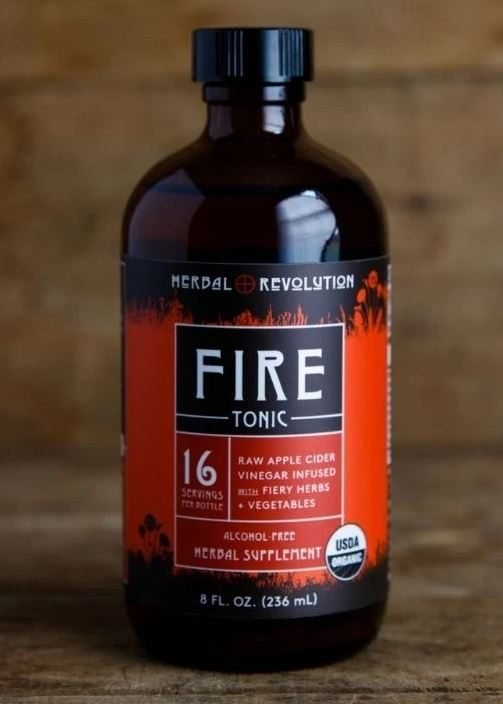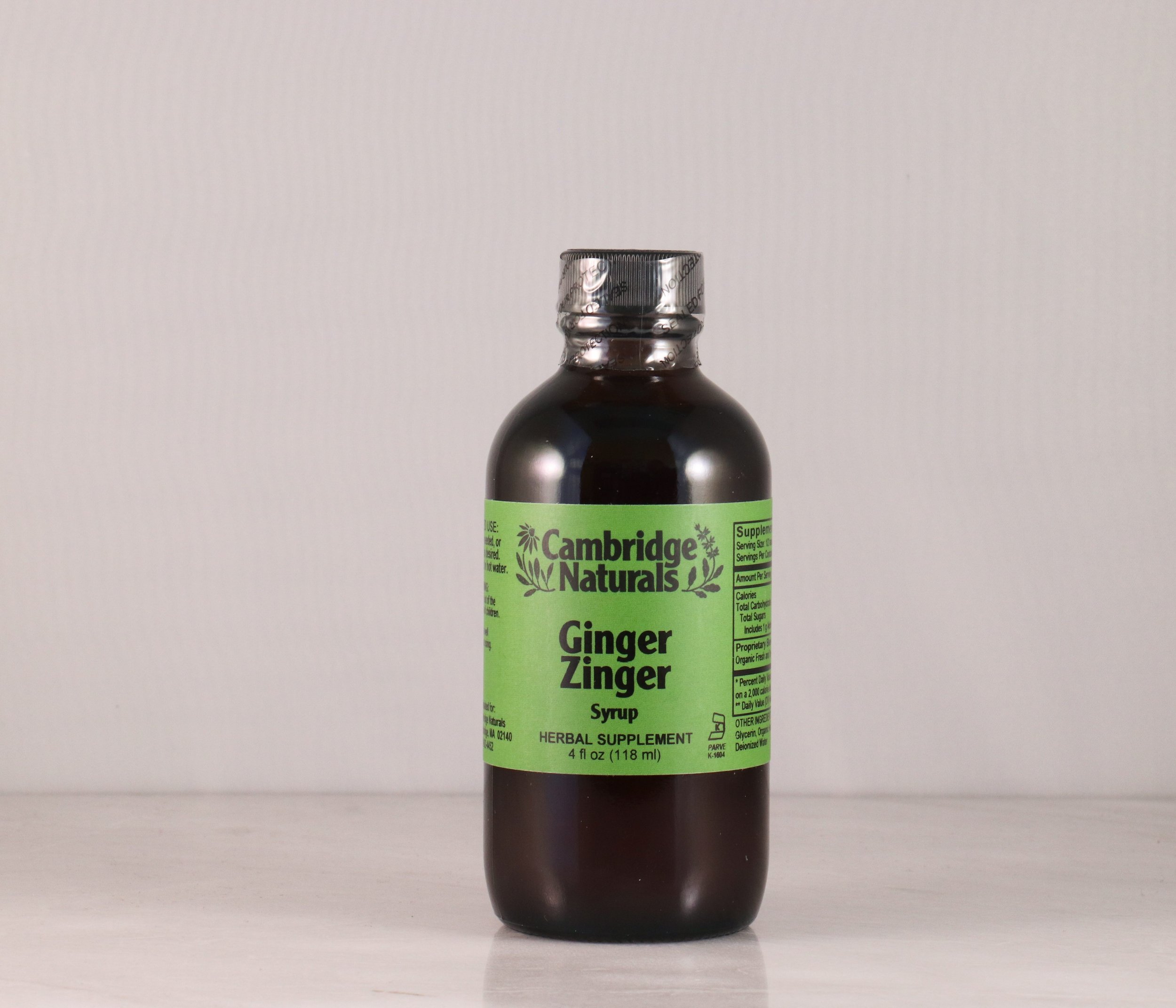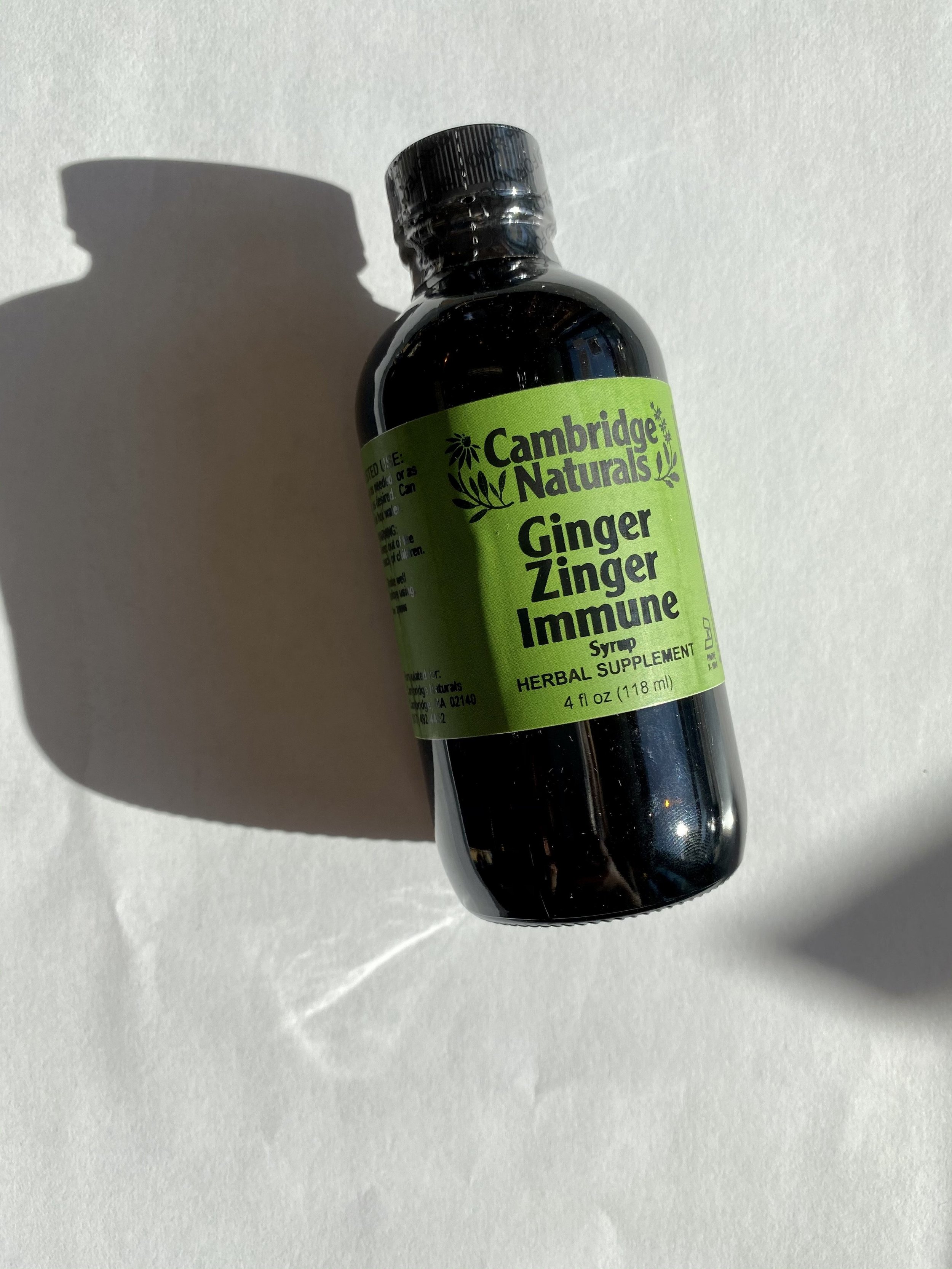By Amber S, CN Supplements Education Specialist & Flora Enthusiast
Winter in Massachusetts is a monochrome time. The color palette seems limited to cold, hard hues: slate-grey of sidewalks, ash-grey skies, fallow-brown grass. For the months between November and March, color is a rare commodity in the natural world. But it is there - if you know where to look. Here are a few of my favorite colorful plants to keep an eye out for this winter!
Common Holly (Ilex Aquifolium): Possibly the best-known winter plant, holly is easily recognizable by its distinctive toothed leaves and bright-red berries. It's a pop of color in an otherwise monotone seasonal landscape, and has since become a symbol of winter festivity. It's a popular ornamental plant and you can find it in many neighborhoods around the Boston area.
Witch Hazel (Hamamelis species): Witch hazel is one of my favorite winter plants to look out for. Its strange, spiky yellow-and-red flowers bloom in mid to late winter, drawing all eyes to them. Interestingly enough, it's neither a member of the hazel (corylus spp.) family; nor does it have anything to do with witches. (The epithet 'witch' comes from the Old English wice, meaning 'bendable' -- the same place we get the word 'wicker'.) The bark of the plant has strong antiseptic properties, and is often used in topical preparations for skin ailments like acne and eczema.
Winterberry (Ilex verticillata): Technically a member of the holly family, winterberry can be distinguished by its bright red berries that stay on the branches even after the leaves have fallen. The berries are a favorite food source for birds during the colder months!
Red-Twig Dogwood (Cornus sericea): Bright berries and evergreen leaves aren't the only appealing features of winter plants! The aptly-named red-twig dogwood's winter appeal lies in its brilliant scarlet branches that only become visible once the leaves have fallen. It's also native to North America, making it a popular choice as a landscaping plant in New England.
Japanese Barberry (Berberis Thunbergii): After repeatedly encountering this vibrant-leafed shrub with its bright-red berries on my walks to work, I was finally able to identify it. I also learned that Japanese Barberry is considered an invasive species due to its ability to displace native plants, and is actually illegal to propagate and sell in Massachusetts. It's also a prime habitat for ticks! If its name sounds familiar, that may be because barberry is one of the main sources of the alkaloid berberine, often used as a supplement. But please don't make a tea out of your neighbor's hedges!
So when the greyness of the season seems to be overwhelming and you can't imagine another few months like it, bundle up and set out for a wander. I guarantee you'll be able to spot at least one of these bright botanicals along the way!
























